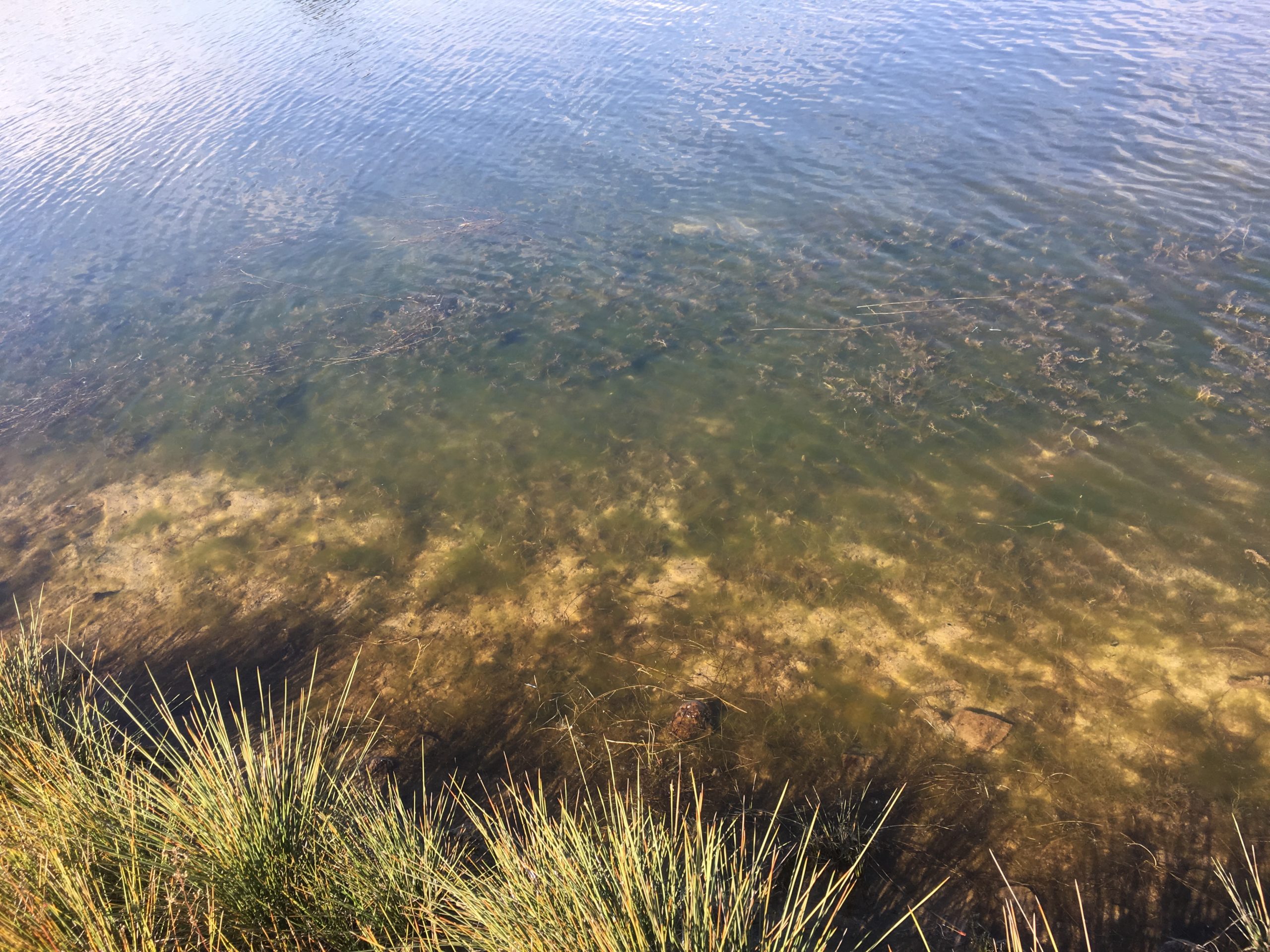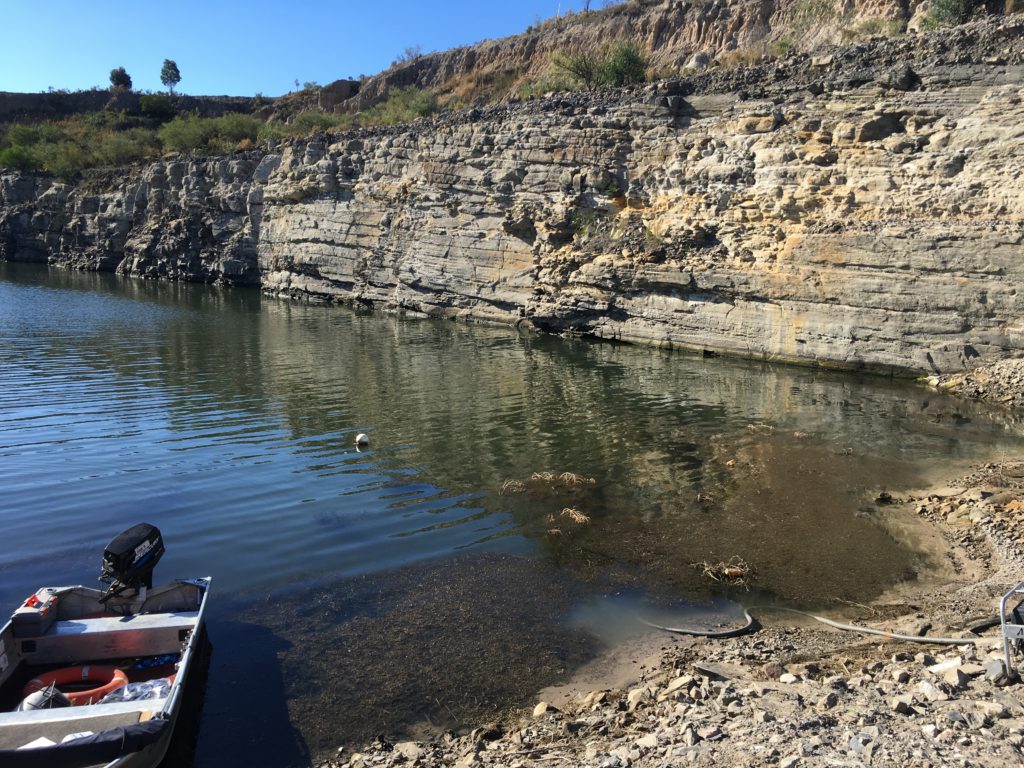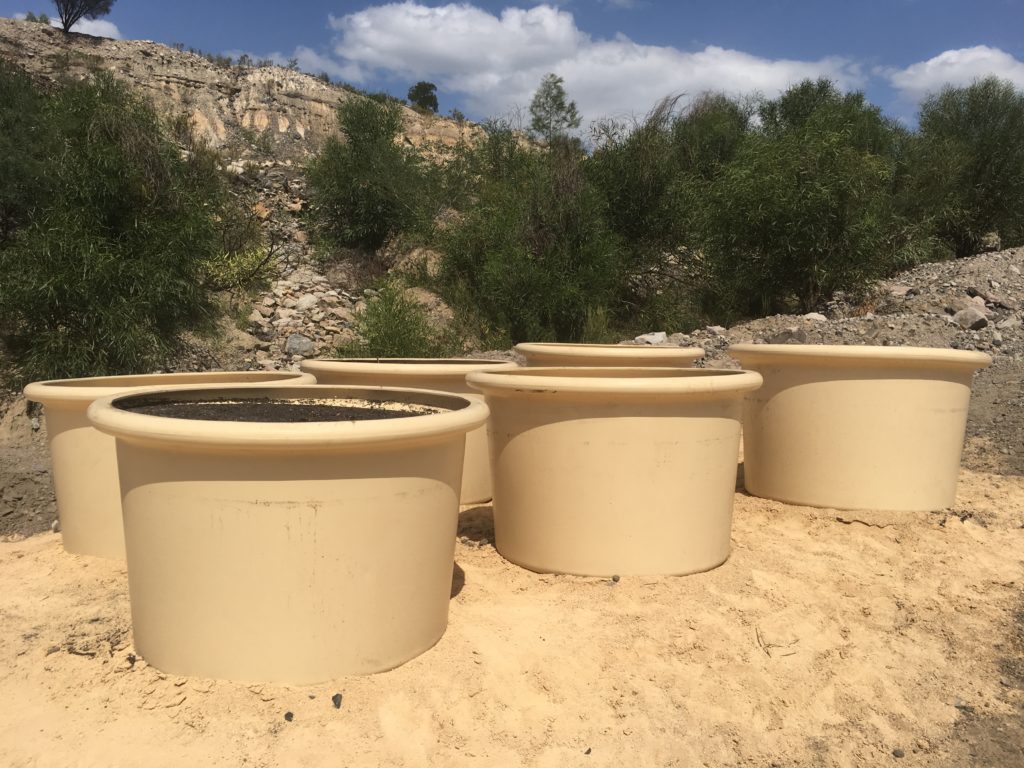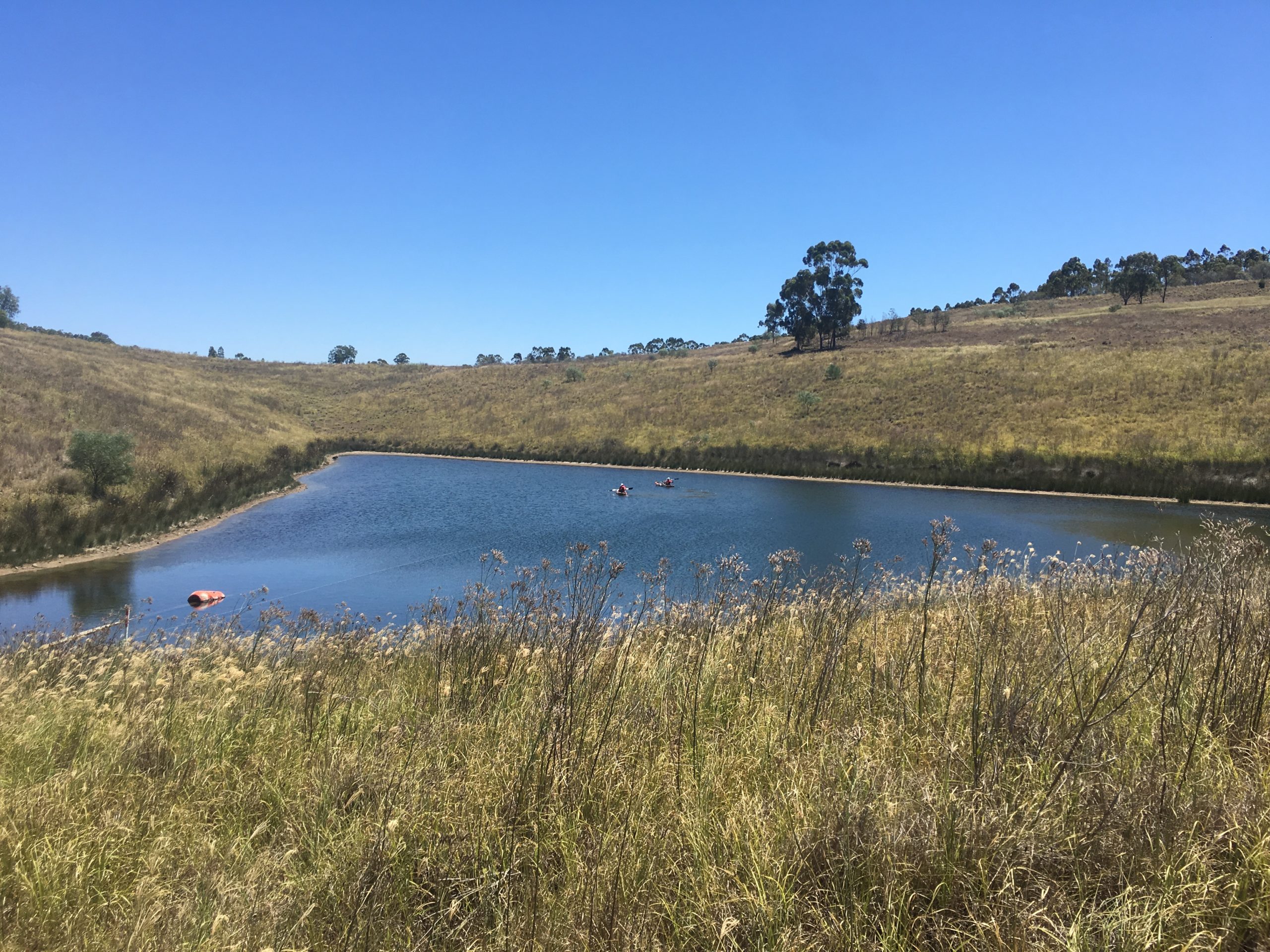Mark Lund (1) and Melanie Blanchette (1)
- MiWER

Saline pit lakes as a closure option
Funding: Australian Coal Association Research Program and Mining Companies
Background
In Australia, many community members and regulators expect that final voids will be backfilled. However, a lack of backfill materials combined with prohibitive costs ensures that pit lakes will be a permanent feature of most post-mining landscapes. Pit lakes are considered the ‘greatest legacy of open cut mining’ due to the potential for safety issues, ground and surface water contamination, and in-lake toxicity. Additionally, pit lake science has struggled to find a foothold in mainstream literature, limiting wider scientific exposure to the issue of pit lakes and holding back advancement of the development of remediation and closure approaches. Therefore, the broad objective of our proposed research is to understand pit lake biophysical processes for condition assessment and remediation options of Hunter Valley and Bowen Basin pit lakes.
Salinity is a key water quality issue with many Australian pit lakes. Many natural lakes are saline and have valuable ecosystem values. Understanding the role of catchments and nutrient inflows in maintaining salinity within useful ranges and driving ecosystem processes is therefore important to determine the range of future uses for these pit lakes. These future uses may include conservation, recreation, and aquaculture.

Preparing to go sampling on a saline pit lake – notice the submerged plants.
Aims
The overall project approach has two main components: 1) In situ lake biophysical, and 2) Experimental.
1) In situ component. We will determine the quantity of salt in the lake in conjunction with thermal stratification – key considerations in lake processes and closure options. We will also assess the risk of toxic metal leachate from void walls or backfill through a comprehensive water quality testing program. Biological endpoints (including cutting-edge microbial work) will be collected over time from the lake. Companies wishing to close pit lakes will need evidence in the form of robust data to discuss closure options. Development of a simple, low-cost monitoring framework that can identify the risks and opportunities associated with individual pit lakes allows companies to make informed decisions about relinquishment, ultimately reducing the risk associated with closure. Another benefit to industry from this project component will be a pit lake ‘report card.’ We have developed a ‘sliding scale’ of pit lake assessment, whereby pit lakes are ‘graded’ on their difficulty to rehabilitate. Both the monitoring program and report card are transferable and adaptable to pit lakes in other areas of the Hunter Valley and Bowen Basin, across Australia, or internationally.
2) Experimental component. Carbon (in the form of terrestrial organic matter) determines the nature of the aquatic food web and creates important habitat. Using tank mesocosms (1000 L) on site, we will test the effects of adding coarse, low-cost organic matter on lake water and sediments on biophysical and chemical endpoints (as measured in the lake). The purpose of this experiment is to test the water quality and biodiversity benefits of carbon addition in the pit lake. Our previous work has demonstrated that modifications to the edges of pit lakes to support plant growth, addition of organic matter, and planting of riparian zones prior to filling offer an effective, low-cost way to promote more rapid evolution of the lake towards improved water quality and biodiversity. We will use data collected from the lake to validate the ‘controls’ (tanks with no organic matter) and compare seasonal temporal trajectories of collected data. The experimental component of the project provides companies with an indicator of what could be achieved under different lake closure scenarios using the passive treatment approach.
Tanks used to create mesocosms testing effectiveness of the addition of organic matter

Project is currently due to complete in April 2020

